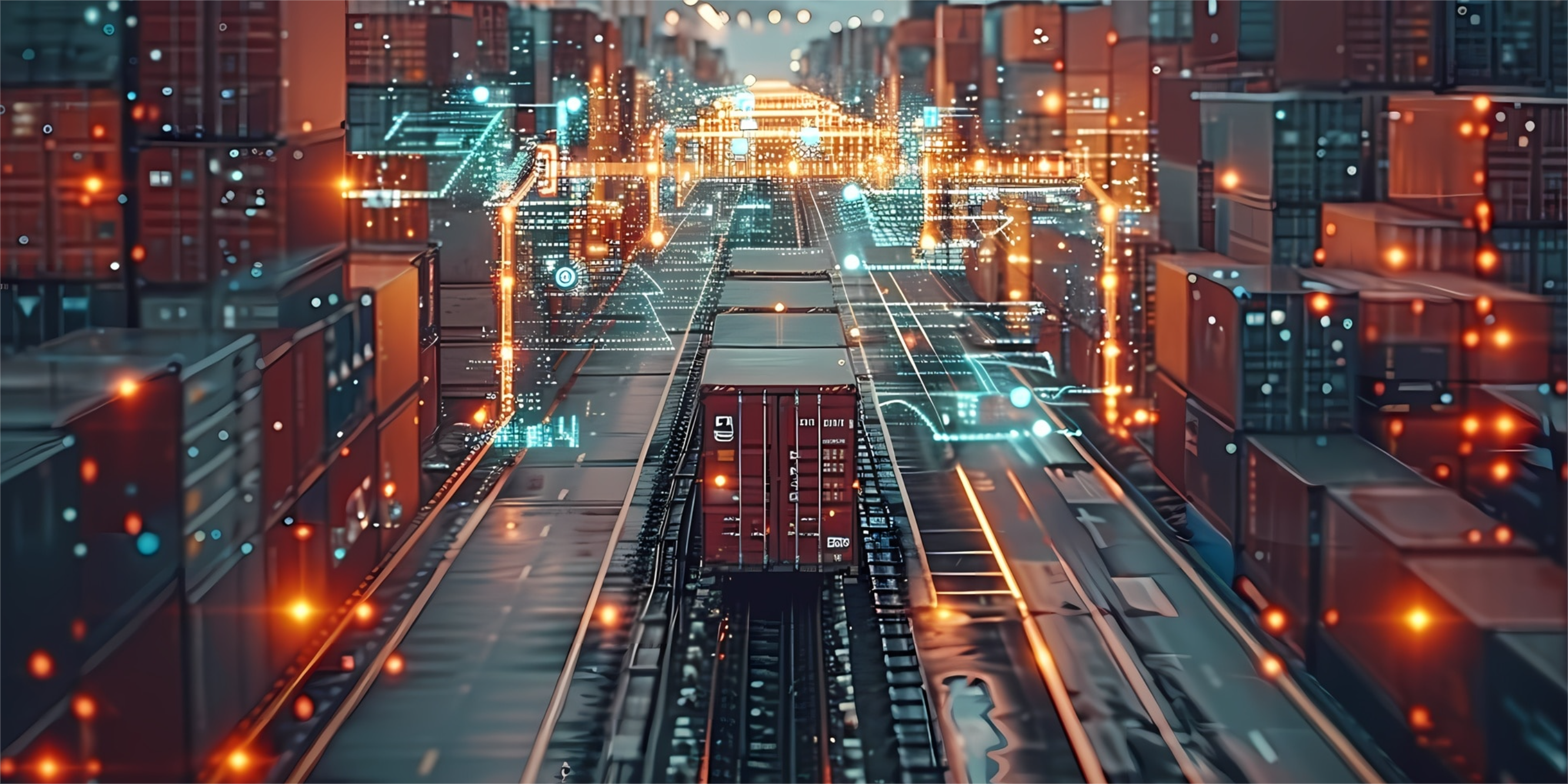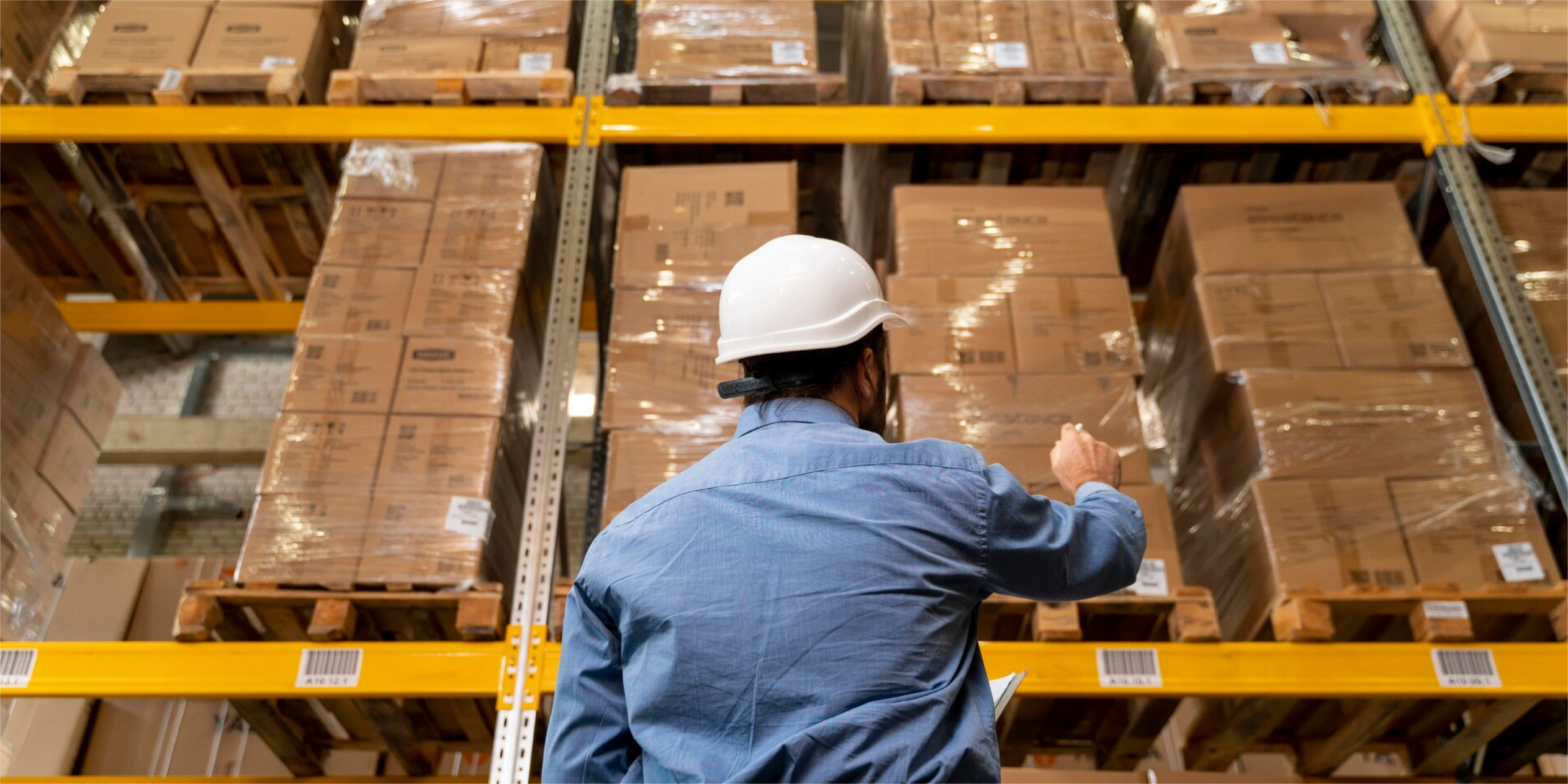The Internet of Things (IoT) is used in various ways in logistics services to help offering solutions that improve the productivity of supply chains and, therefore, the profitability of companies.
Technology has revolutionized the way people live, study, have fun, and work so, why wouldn’t the same happen to businesses? For example, in logistics, the introduction of the IoT in tasks and processes has contributed greatly to the value of supply chains.
Using technology, we can now not only detect problems and find solutions for transport, storage, and distribution processes, but foresee them thanks to the constant gathering of information that allows us to predict trends, patterns, and inconsistencies in planning.
IoT’s impact on logistics processes
In fact, the digitalization of the logistics services’ industry has grown faster with the application of the IoT, which allows for the organization, automation, and remote control of processes using any device connected to the internet.
By definition, an efficient supply chain is tasked with delivering goods, from manufacturer to end client, at the agreed time and meeting the specified conditions. By using the IoT throughout the whole process, we can monitor each of its phases in real time, boosting the speed and efficiency of automated processes that save time and costs and free the involved staff to create value for the company.
In this manner, technologies like sensors, readers or scanners, and data storage systems on the cloud enable the connectivity of "things" (warehouses, vehicles, or goods) to the internet so the manufacturer, logistics supplier, and final client always know the status of their goods, their location, and estimated times of delivery.
The following are some examples of IoT’s uses in logistics:
- Warehouse. Devices that allow an accurate registration of entries and exits of goods; volume and weight sensors in shelves to find out if the good being stored in them is the right one; weather sensors control to guarantee the good condition of goods; sensors for detecting the availability of space; smart glasses and labels that let us find the goods and their exact locations in the warehouse.
- Cargo. Remote monitoring sensors for temperature and humidity to make sure the handling of goods meets the required care; damage prevention and theft detection sensors; real time monitoring of the goods’ location during transport.
- Fleet. Cargo distribution software; trackers to pinpoint the exact location of units; units’ routes’ historical data collection; sensors to identify the driving style of drivers; fuel usage controls; and detection of fluid levels and polluting emissions.
- Routes. Planning and monitoring the best routes by detecting traffic conditions through satellite systems and the order of deliveries in real time according to zones and reception hours.
- Customer Service. Guaranteeing on-time deliveries and reception for both raw materials for companies and finished products for end consumers by using remote devices for reception of deliveries, traceability of goods, and real-time updates of delivery information.
You can see in the chart below some examples of logistics solutions using the IoT in each step of the supply chain:
![IoT y su aplicaci+¦n en log+¡stica [Infograf+¡a] trad rev final 924 palabras](https://blog.solistica.com/hs-fs/hubfs/Infograf%C3%ADa%20ingl%C3%A9s%20/IoT%20y%20su%20aplicaci+%E2%94%AC%C2%AAn%20en%20log+%E2%94%AC%C3%ADstica%20%5BInfograf+%E2%94%AC%C3%ADa%5D%20trad%20rev%20final%20924%20palabras.jpg?width=749&name=IoT%20y%20su%20aplicaci+%E2%94%AC%C2%AAn%20en%20log+%E2%94%AC%C3%ADstica%20%5BInfograf+%E2%94%AC%C3%ADa%5D%20trad%20rev%20final%20924%20palabras.jpg)
Benefits for the industry
The benefits of the IoT in logistics are shown by savings in time and costs, the eradication of errors, and on customer satisfaction.
The IoT creates infinite possibilities; real time location systems (RTLS) coupled with wireless mobile devices let us have a complete visibility on goods throughout the supply chain, from the moment they depart the suppliers’ doors to the moment they are received by clients, thus increasing the offered value.
The efficiency reached by incorporating GPS, smart sensors, mobile apps and wearables optimizes the use of resources, automates processes, ensures a better and immediate control of inventories, reduces losses caused by damage to goods, and improves delivery times by offering increased productivity and, therefore increasing the profitability of companies.
Because of this, by incorporating the Internet of Things to logistics processes, the design of distribution networks becomes increasingly more complex and supply chains increasingly more demanding. The competitiveness of manufacturers and logistics suppliers somewhat depends on how quickly they implement this technology.
*This blog was originally published on May 23 2019 and modified on May 15 2022.
.jpg)






